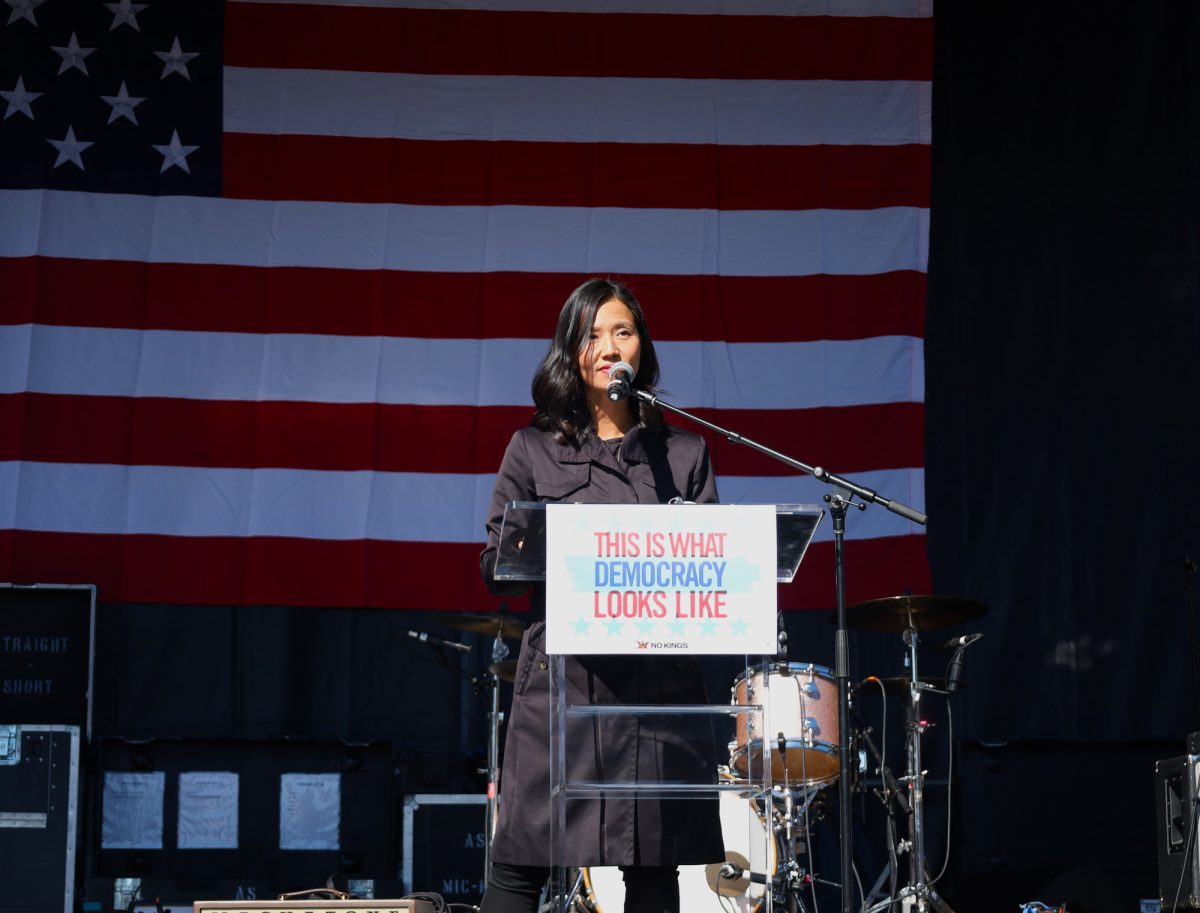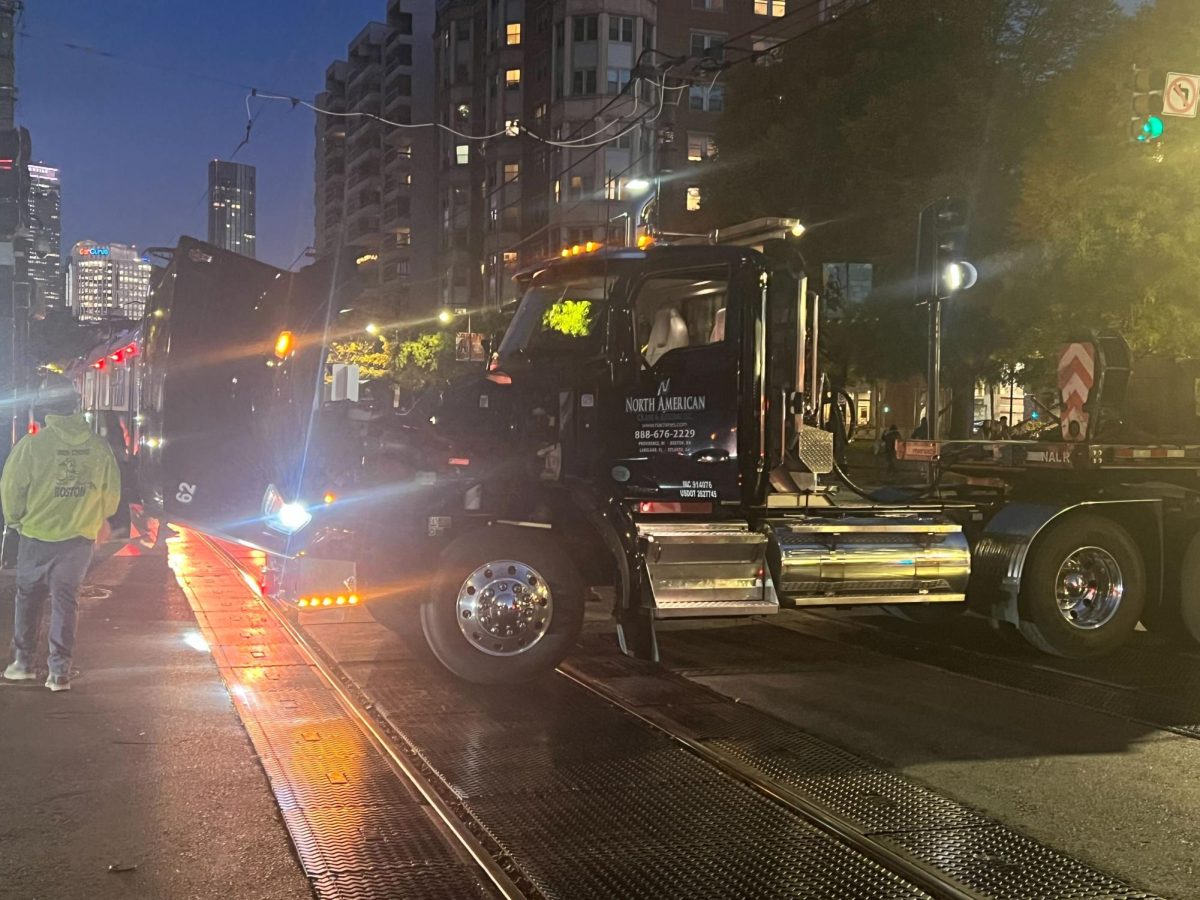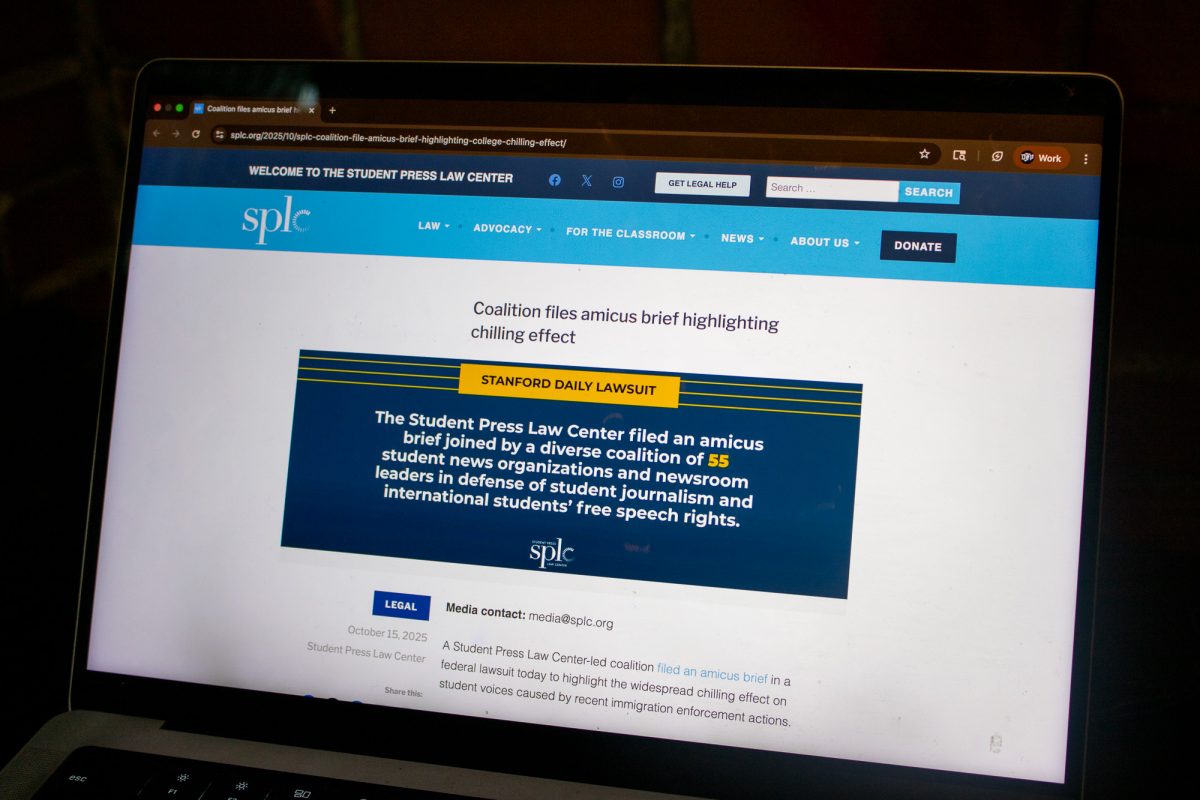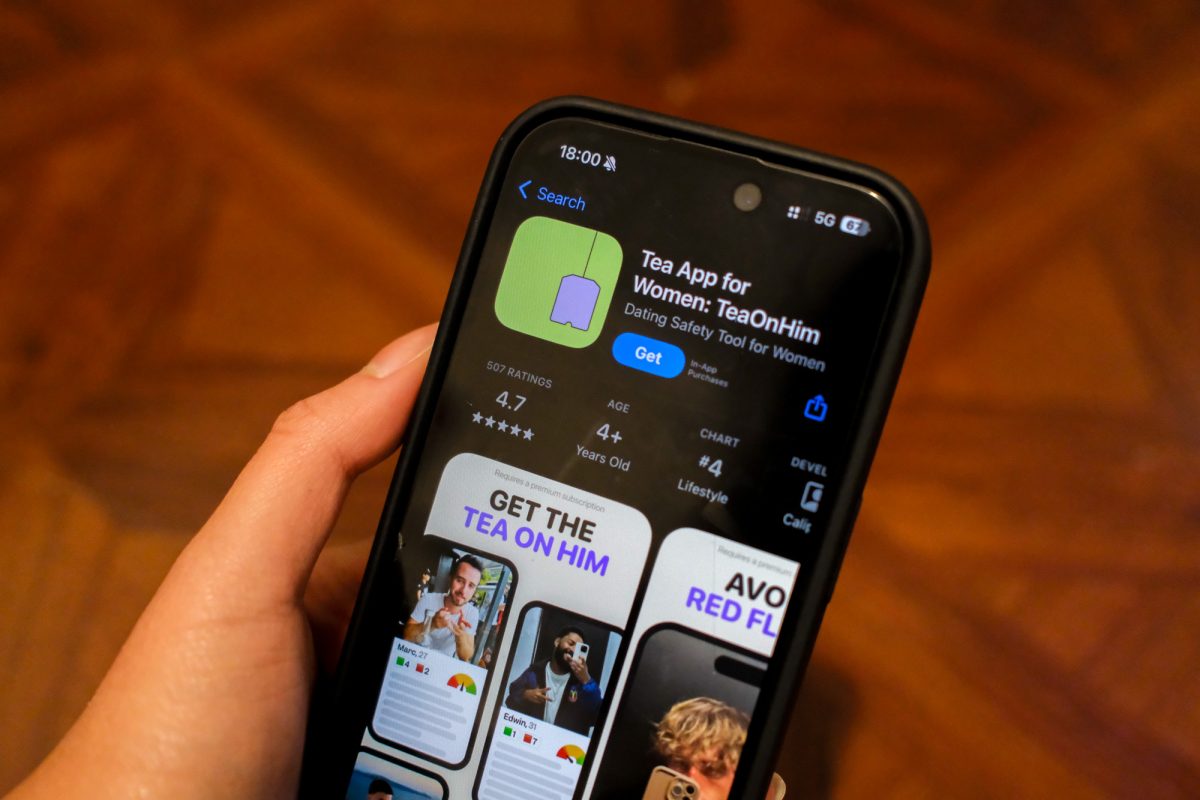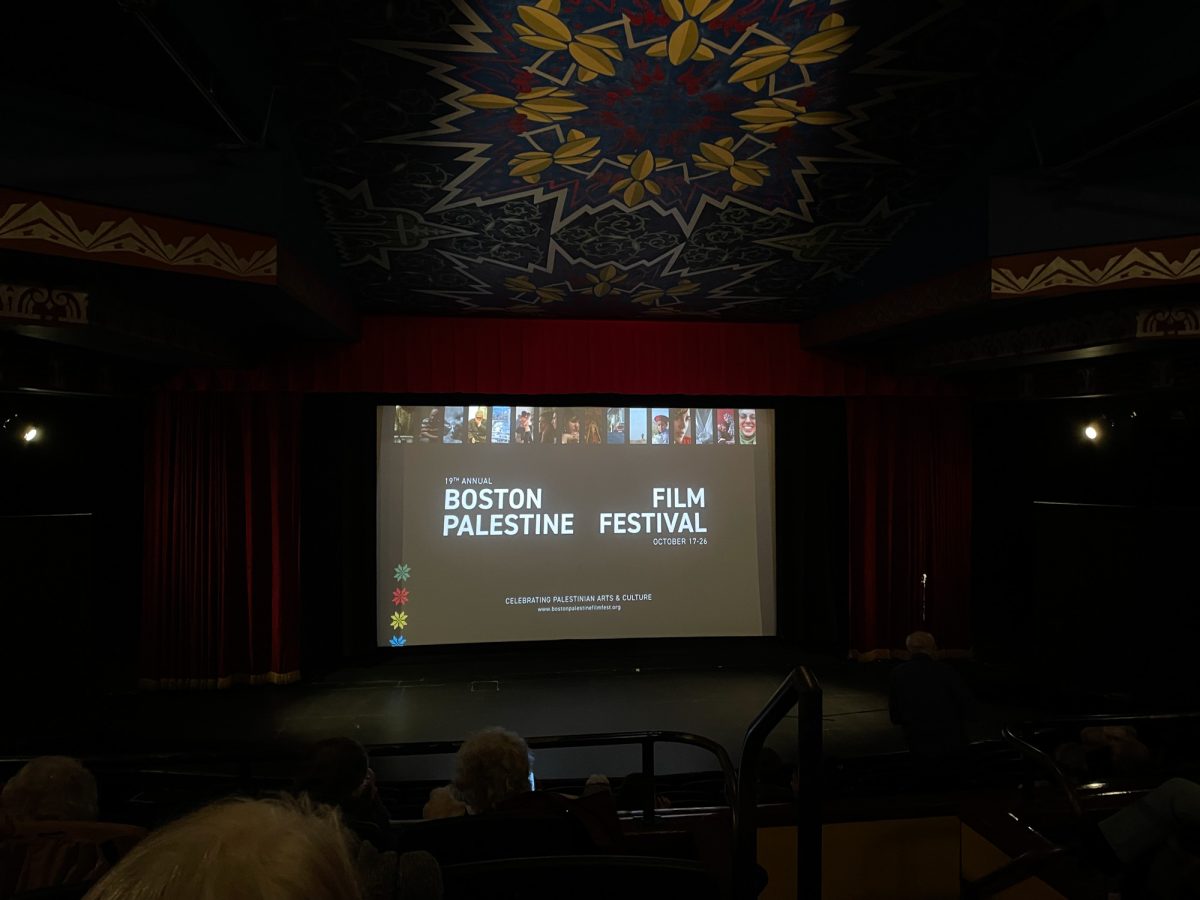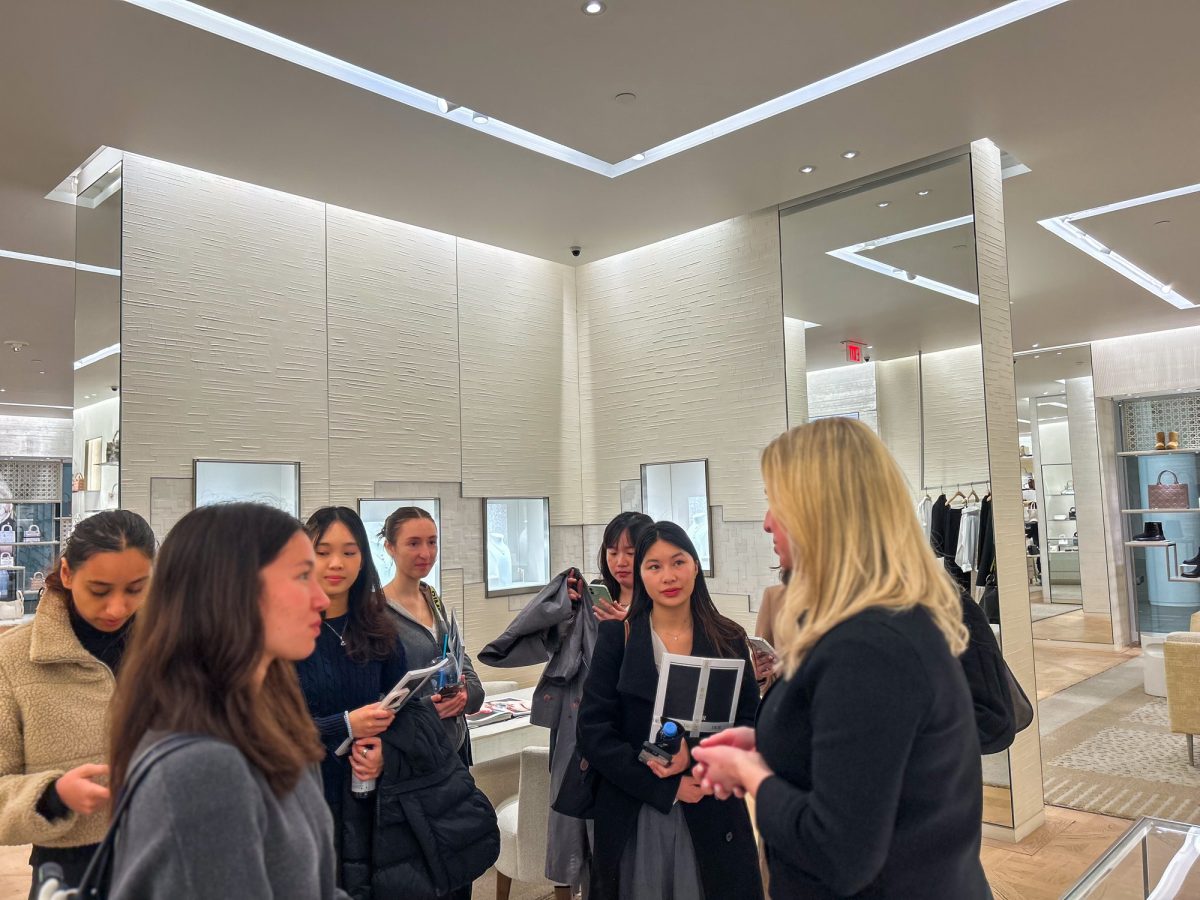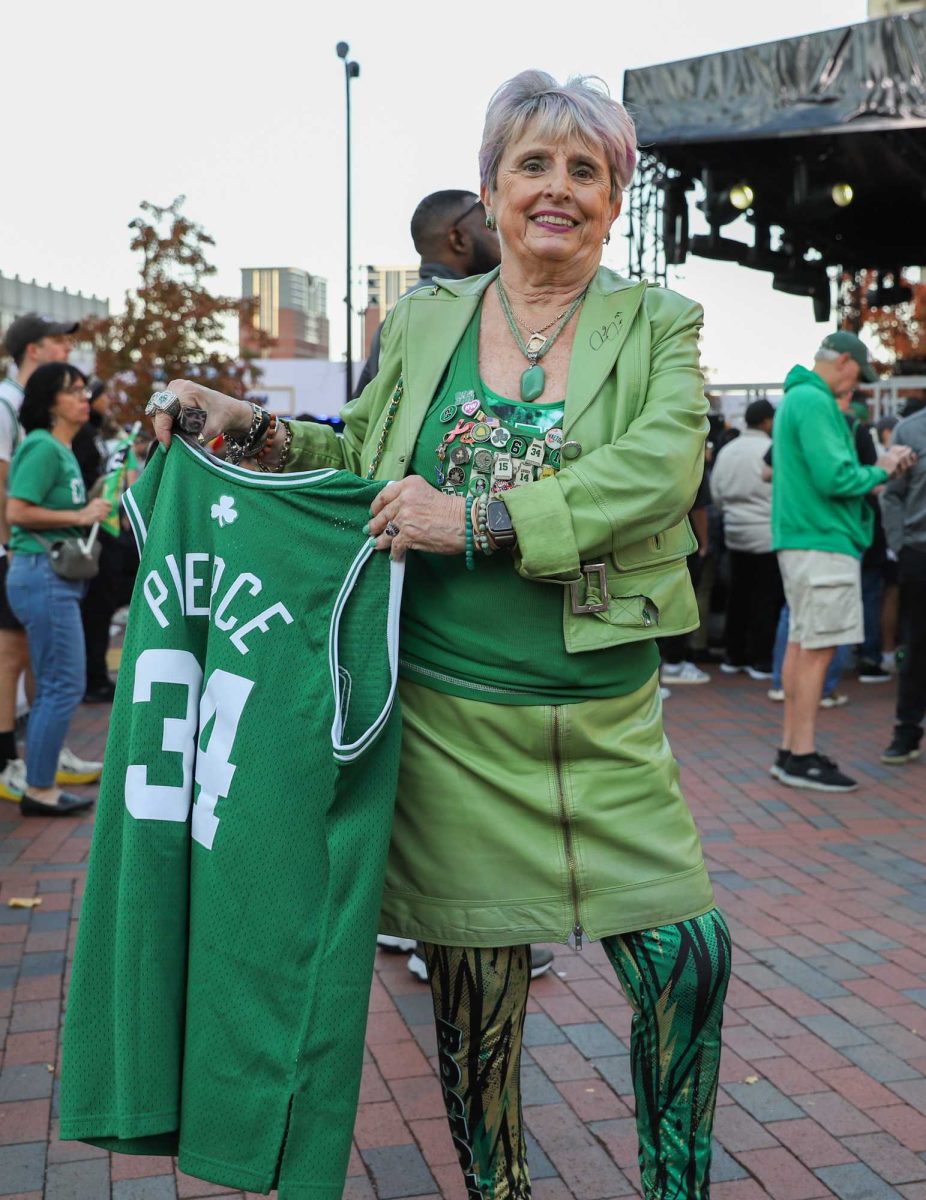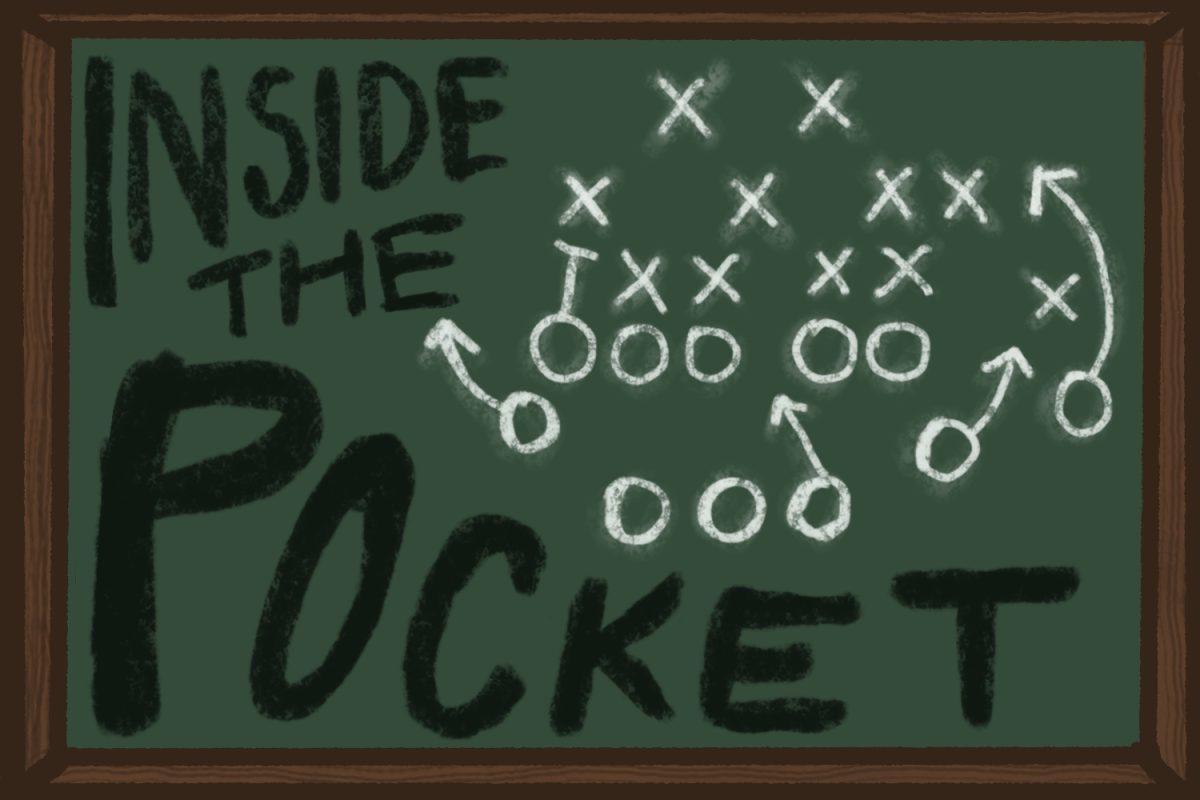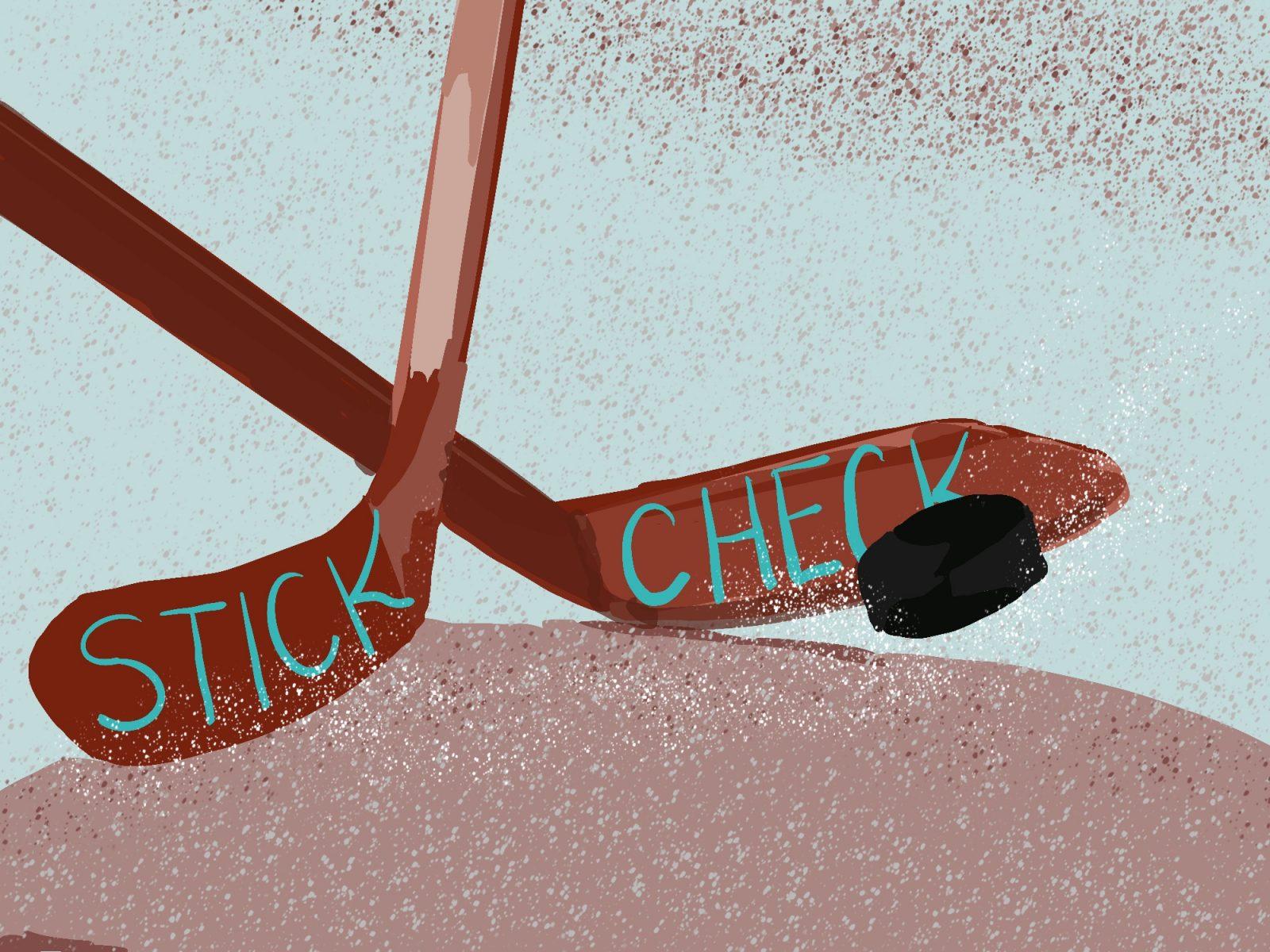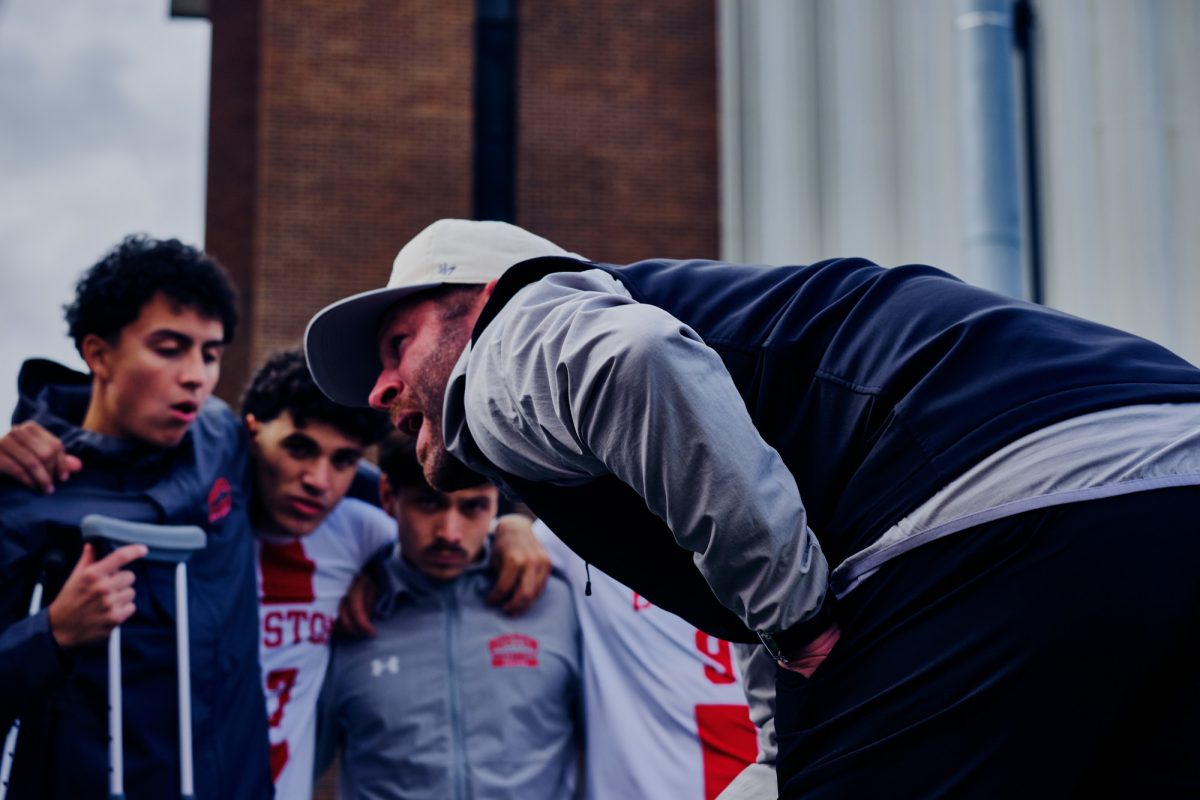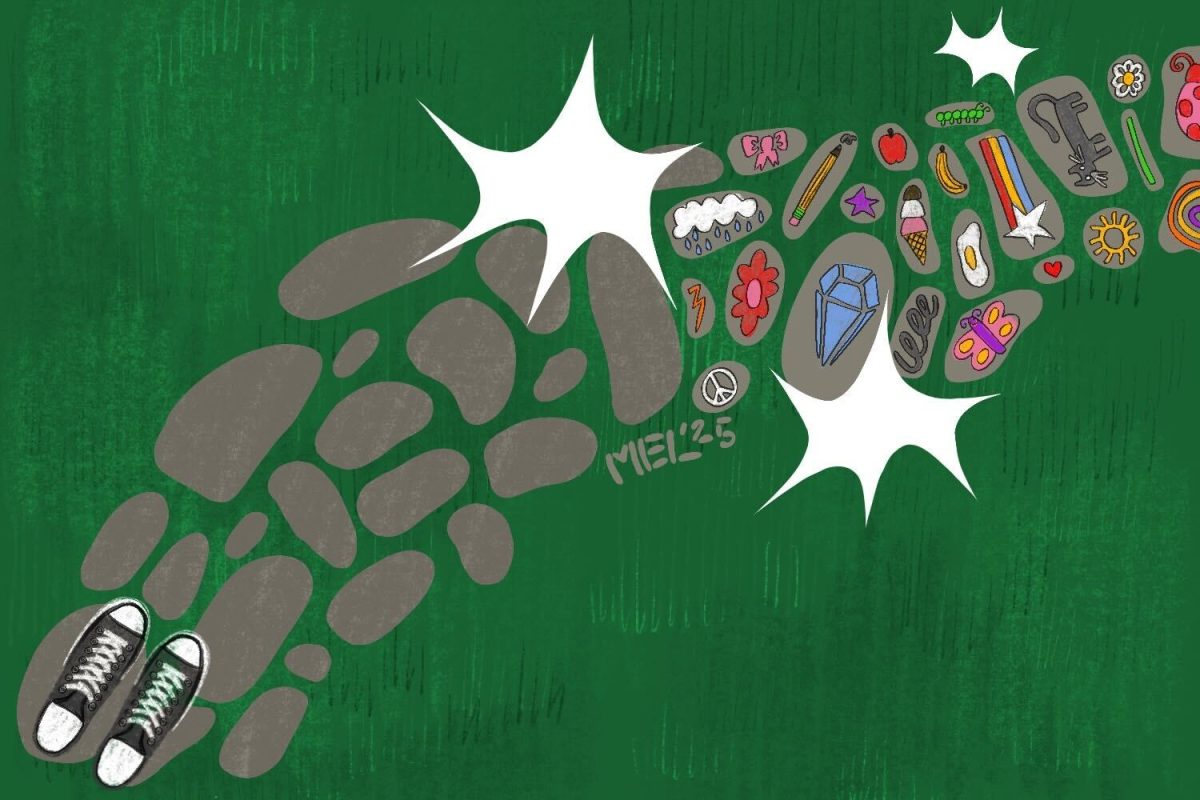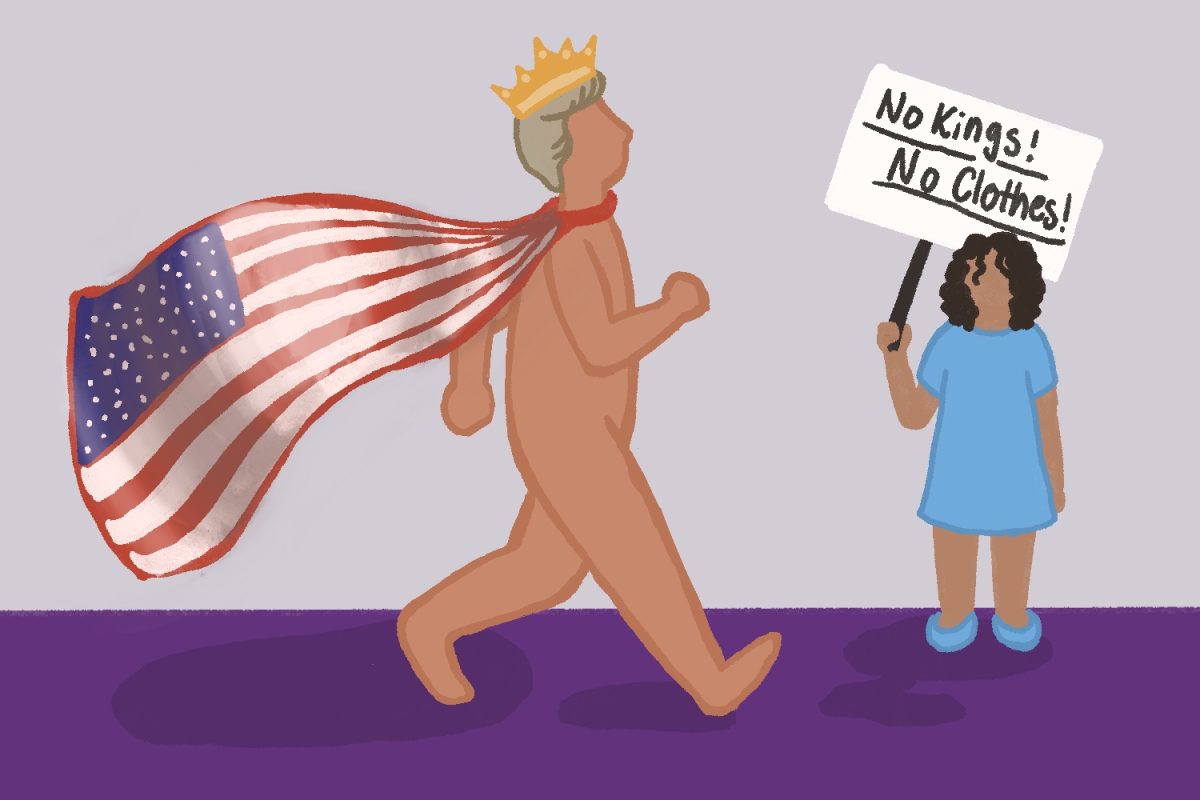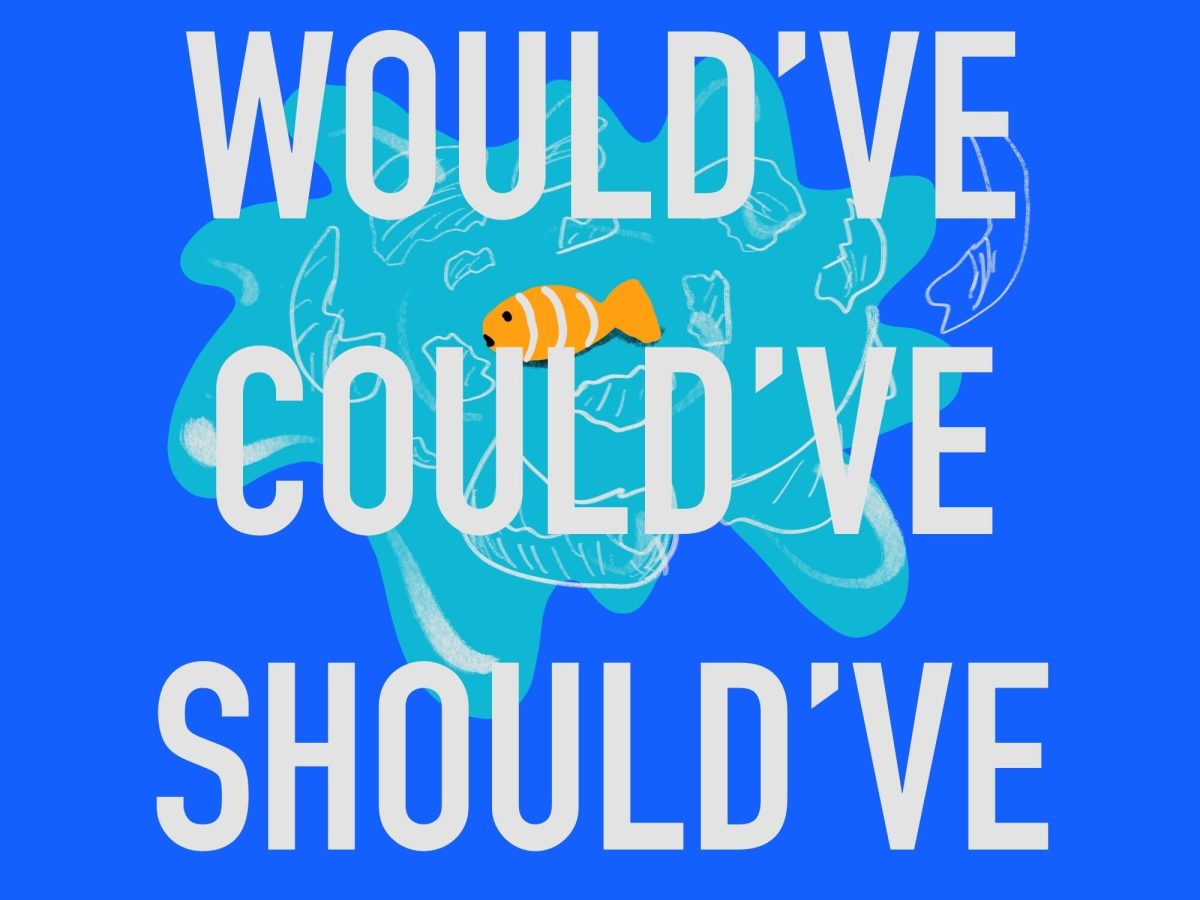“These Ten Photos Perfectly Describe a Problem in the World.” We’ve all seen articles that cover enticing, disturbing and complex stories in that limited, compelling style. We can access a plethora of information faster than ever before on modern web outlets and social media. News as an entity has become a crowded, disorderly space with more voices than ever screaming for attention. But what happens when coverage of “food hacks,” pop stars and the Syrian refugee crisis all appear side-by-side?
There was a time before most of us were alive when people obtained most of their news from a glance at the front page of the paper, while some people devoted the time to read it cover to cover. Now, a glance at the Facebook “trending bar” is where most of us go for our news, and even still, fewer stories are actually clicked on. On Twitter and Facebook, we have a live stream of updates of events around the world that changes every second, and there is no limit to the amount and types of news that we can read. The stories we read are often short, coherent one-sentence blurbs that can keep us up-to-date on the most recent developments in the news.
We cannot, however, expect to be informed about heavier topics by short strings of words that may or may not be complete sentences. In Hillary Rodham Clinton’s congressional hearing on Benghazi on Thursday, we were inundated by updates on social media of the debate’s progress, which generally suggested that she had bested her Republican interrogators. The coverage we saw of the Benghazi hearing was characterized by fleeting moments that capture our attention, rather than analysis of the questions posed or the Benghazi attack itself. Clinton’s response, “I can do two things at once,” and Republican questions about her emails were commonly trending snippets. Regardless of whether the Benghazi hearing was a serious inquiry into a scandal or political grandstanding, Facebook’s “Trending” feed coverage of most-viewed articles did not effectively inform us of it. That coverage’s effectiveness might also have been hampered by competition from appearing next to Adele’s new single.
On BuzzFeed’s front page, you are hit by a dizzying collection of stories and colorful images ranging from the 2016 presidential candidates, to Hurricane Patricia to “26 Things Cats Don’t Care About.” Although these stories are all readable in their own right, the way that they are posed side-by-side in an oddly similar manner may alter our perspective on them. When we see these profoundly different stories portrayed in a similar style, there may not be enough weight given to the stories with true depth that require more thought and analysis. The journalistic responsibility of placing an article about “Jem and the Holograms” next to a smaller caption on the plight of LGBT Syrians seems, at best, questionable. (If you don’t know who “Jem and the Holograms” are, like I hadn’t, then you see my point). A story about a destructive natural disaster or a reflection on racial violence just doesn’t seem as striking when placed next to “25 Tweets About Animals That Will Make You Laugh Every Time.” As news providers like BuzzFeed adjust to their newfound dominance in the media, there have been efforts made to remedy their perception as an entertainment-only outlet.
BuzzFeed has increasingly included more substantial stories on subjects like the Syrian refugee crisis and income inequality as it strives to maintain higher journalistic standards. According to the Columbia Journalism Review, “it’s no longer good enough to fix errors after publication … They’ve decided it makes good journalism and business sense to assure readers that their posts are true, so BuzzFeed is embracing the ultimate symbol of the over-stuffed newsrooms of the pre-digital past. BuzzFeed is hiring copy editors.” While BuzzFeed might be doing more to improve its credibility as a source of journalism, the stark disparity in the substance and urgency of stories on personified felines versus those on gun violence and homelessness remains.
As the web becomes more flooded with information and shiny pictures, it is more of a daunting task for any particular issue to gain needed attention. The ultimate burden lies within our need to go out of our way to find stories that do more than catch our attention and instead find those that succeed in effectively informing us. We consume more media than ever before, so we need to be better at seeking out substantial analysis and actively weigh the newsworthy material and entertainment value of the content that we read.


